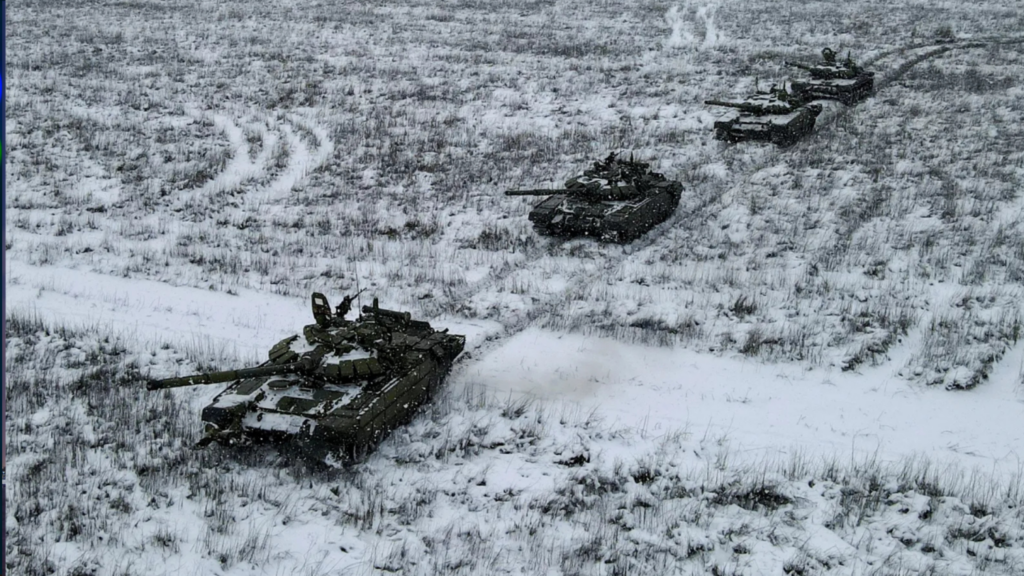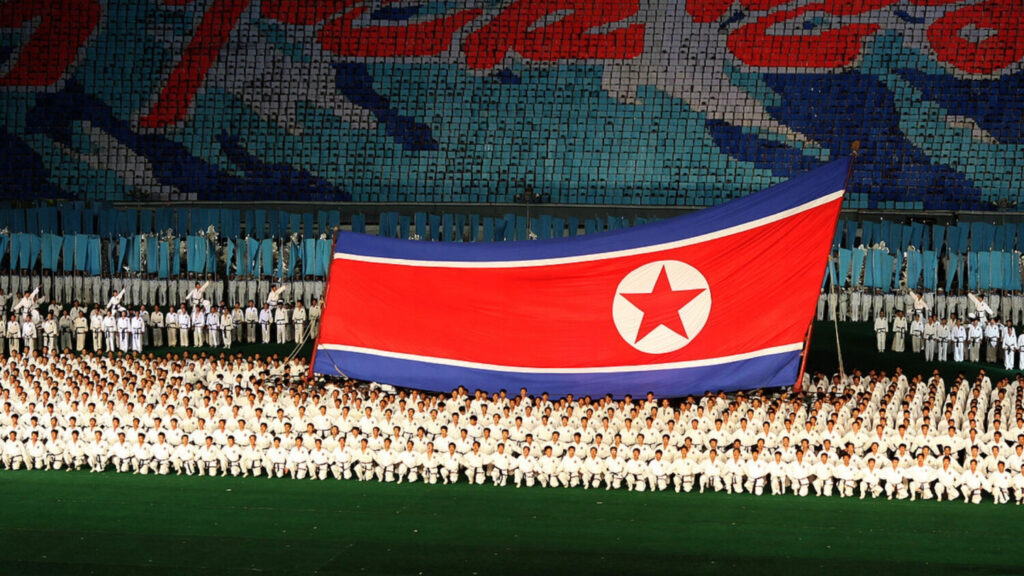Strategic Isolation: European Security Impasse
Europe’s struggle for strategic autonomy highlights its growing security responsibilities, internal divisions, and reliance on NATO amid shifting global power dynamics.
The concept of “strategic autonomy,” long debated in European Union (EU) circles, has shifted from being a distant ideal to a geopolitical necessity for the continent. The EU has been making efforts to address its incapability to demonstrate political and military strength in the face of global crises despite its immense economic power. Russia’s invasion of Ukraine turned strategic autonomy from a policy option into an imperative for survival. The war has prompted an investigation of European security architecture as highlighted by organisations like the European Council on Foreign Relations (ECFR, 2023). Nonetheless, the core challenge of the EU remains defined, as of 2025, by the dispute between the historical reliance on the transatlantic partnership and the aspiration for self-determination.
The Main Drivers of Autonomy
Europe’s quest for autonomy is shaped by three main drivers: the conventional threat posed by Russia is the first and most severe. The conflict in Ukraine has shown that Europe’s traditional deterrent abilities are dependent upon the United States’ military hardware and intelligence. This reliance has been particularly concerning for countries along the EU’s eastern borders, strengthening calls to rapidly develop indigenous capabilities.
Secondly, the unpredictability of U.S. politics, exemplified by Donald Trump’s remarks questioning NATO’s value, has cast doubt on the permanence of the American security umbrella. As Carnegie Europe experts noted, the changes in American politics could directly affect Europe’s security assurances, forcing Brussels to begin thinking about other options (Carnegie Europe, 2024).
Lastly, the EU’s capacity to cope with crises is being tested by the instability in the regions such as Sahel, Libya and the Eastern Mediterranean. The EU’s assertion of being a global actor has been called into question by its incapacity to effectively intervene in those regions. In order to address these issues more quickly and successfully, the EU issued the “Strategic Compass” paper (EEAS, 2022).
Measures Taken: Funds, Projects and Bureaucratic Armies
To close these gaps, the EU has begun practical procedures to strengthen their security integration measures. With the establishment of Permanent Structured Cooperation (PESCO). Established in 2017, PESCO allows EU member states to collaborate on defence initiatives. By 2025, over 60 projects have been launched, ranging from joint military exercises to cyber defence. Critics have noted that instead of tackling Europe’s large strategic weaknesses, many of these initiatives concentrate on resolving small-scale and technical capability shortages (European Parliament, 2023).
Another project is the European Defence Fund (EDF). With an operating budget of about €8 billion between 2021-2027, the fund seeks to unite the fragmented European defence sectors to promote innovation and research. However, protectionist instincts and debates over funding among member states risk limiting its effectiveness.
Lastly, the Rapid Deployment Capacity; this planned 5,000 strong force, envisioned in the “Strategic Compass” and expected to be fully operational by 2025, is the EU’s most concrete military goal. Yet its real-world impact remains to be seen, given the political consensus required for deployment and the lack of will to use it.
Barriers and Internal Divisions
As a result of various strategic mindsets and opposing objectives, the EU’s internal divisions appear to be the primary barrier to strategic autonomy. While Germany views autonomy a building a “more robust European pillar within NATO,” France describes it as the EU’s capacity to act independently from NATO. These differing interpretations make it difficult to define a common goal.
NATO and American military presence are the main markers of security for member states that share a border with Russia. These nations, including Poland and the Baltic states, may fear transatlantic cooperation my be damaged and NATO weakened as a result of the EU’s autonomous ambitions.
The other barrier: a fragmented military structure. There are 27 distinct armies, which equate to 27 distinct weaponry and control and command systems. Lack of military co-ordination and standardisation might make any organised European intervention a logistical catastrophe.
The European Union finds itself at a key juncture in 2025. The EU has been compelled to take on more security and military responsibilities as a result of the ongoing crisis in Ukraine and altering geopolitical conditions. Despite its attempts, initiatives like PESCO, the Rapid Deployment Capacity and the EDF are significant yet inadequate. The notion of a “European Army” remains idealistic for the time being due to a lack of political will, diverse strategic goals across member nations, and a structural reliance on NATO. The European Union runs the risk of continuing to be a platform for competition among superpowers rather than a master of its own fate as long as it does not support its economic might with a united military and political will.
Bibliography
- Carnegie Europe. (2024, January). Europe’s Strategic Autonomy in a New Geopolitical Reality. Accessed August 22, 2025, from https://carnegieeurope.eu/2024/01/11/europe-s-strategic-autonomy-innew-geopolitical-reality-pub-91374
- European Council on Foreign Relations (ECFR). (2023, June). Keeping America close, Russia down, and China far away: How Europeans navigate a competitive world. Accessed August 22, 2025, from https://ecfr.eu/publication/keepingamerica-close-russia-down-and-china-far-away-how-europeans-navigatea-competitive-world/
- European External Action Service (EEAS). (2022, March). A Strategic Compass for Security and Defence. Accessed August 22, 2025, from https://www.eeas.europa.eu/eeas/strategic-compass-security-anddefence-0_en
- European Parliament, Directorate-General for External Policies of the Union. (2023, May). The implementation of PESCO. Accessed August 22, 2025, from https://www.europarl.europa.eu/RegData/etudes/STUD/2023/742385/EXPO_STU(2023)742385_EN.pdf
- NATO Public Diplomacy Division. (n.d.). Relations with the European Union. Accessed August 22, 2025, from https://www.nato.int/cps/en/natohq/topics_49217.htm



